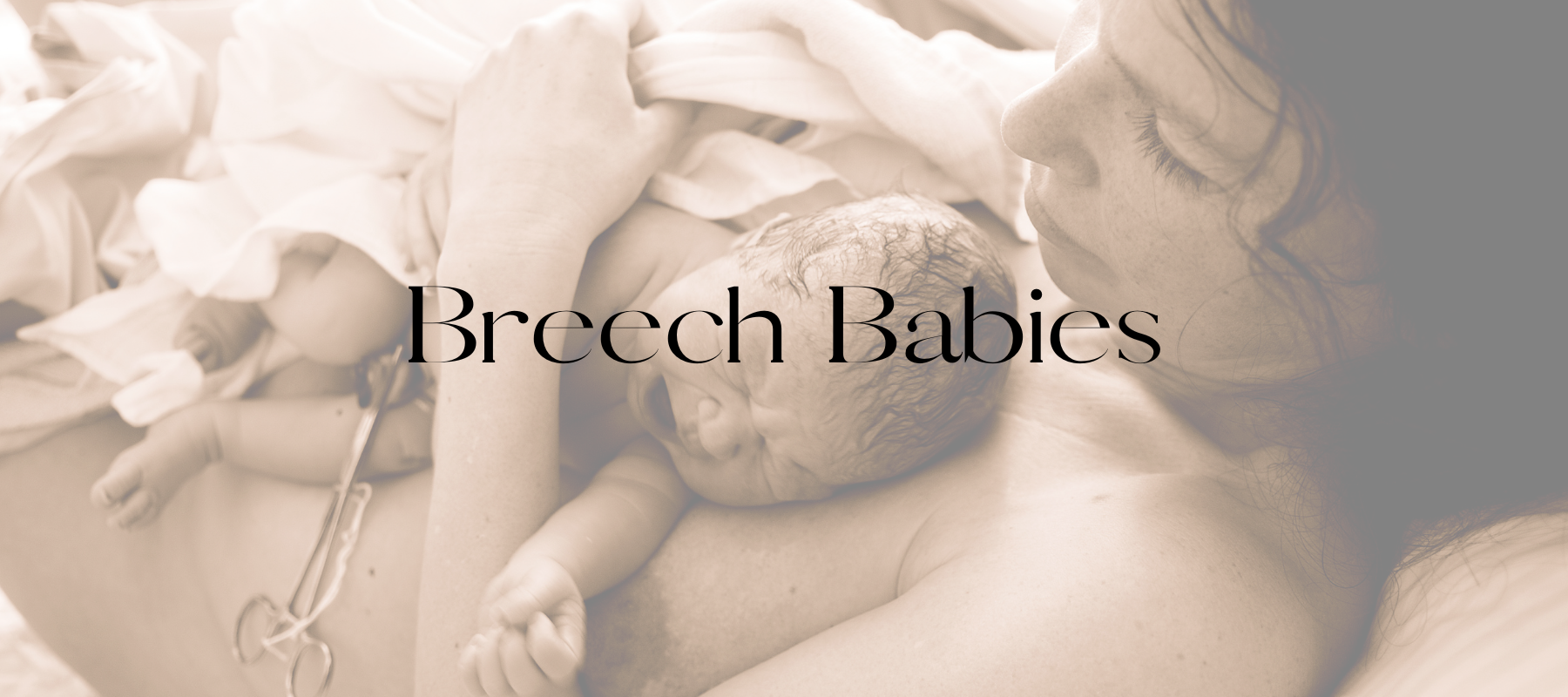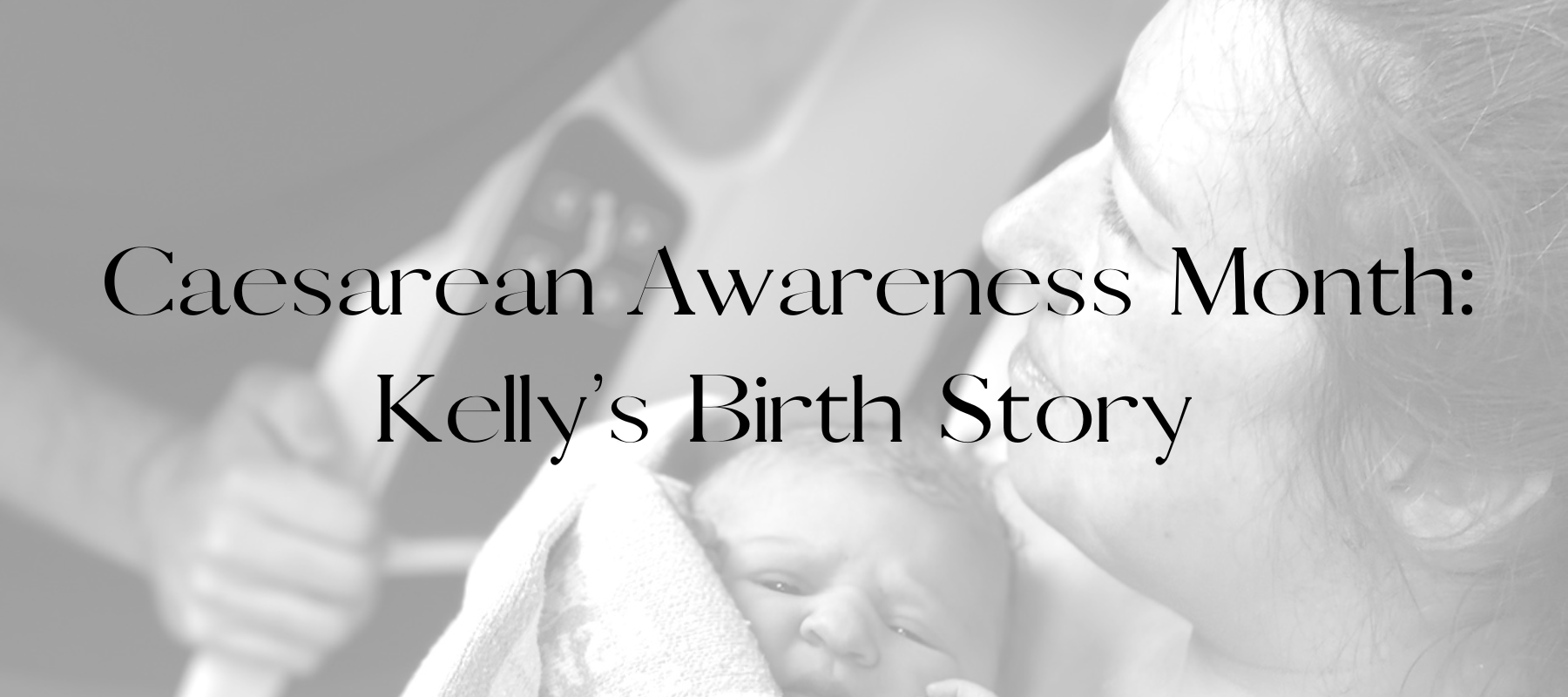Babies who are born with a cleft lip or cleft of the palate may be able to breastfeed. There can be difficulties maintaining the suction/vacuum required for adequate attachment. However, there are several techniques that may help, depending on the size and location of the cleft.
There are several types of clefts – they can be a cleft of the lip only, or the palate only, or cleft of lip and palate.
Can I still breastfeed if my baby has a cleft lip/palate?
Cleft lip – Newborn babies with an intact palate and only a cleft lip can usually breastfeed. This is achieved by taping the lip together, or using your fingers to block the cleft. This can help your baby achieve the appropriate suction (better referred to as the intraoral vacuum) that is required to breastfeed well.
Cleft of the soft palate – A cleft in the soft palate (located at the back of your baby’s mouth) may be difficult to see. It can range in size/severity and for some babies – soft palate clefts may even go undiagnosed for several hours or days until breastfeeding issues arise. These issues can include hearing a persistent clicking sound with feeds or inability to maintain a good seal at the breast when feeding.
Cleft of both hard and soft palate – a cleft of this size can be either one side (unilateral) or both sides (bilateral). Breastfeeding with a cleft of the hard and soft palate can be difficult and will often need a lot of time, practice and assistance to breastfeed. Breastfeeding will often require lactation aids such as a cup/feeder or breastmilk via bottle as your baby will use a lot of energy breastfeeding.
Why is breastmilk so important for babies with clefts?
- Immune system support. Breastmilk helps to build and support your baby’s vulnerable immune system. Babies who have a cleft palate are more likely to develop ear infections due to the fact the Eustachian tubes (tube that runs from the nose to the ear) can fill with breastmilk as they swallow. Babies with a cleft palate/lip will often require surgery too, and supporting a strong immune system through surgery is important to help fight infection.
- Post-surgery benefits. Breastmilk contains lysozyme and epithelial growth factors that help to prevent wound infections.
- Comfort and bonding. Breastfeeding can provide immediate comfort and soothing after surgery as most babies are able to attempt a breastfeed straight away.
Tips for breastfeeding babies with a cleft lip/cleft palate:
- Seek breastfeeding advice early and often. When you are in hospital with your new baby there will be staff and equipment available to help you. You will need to be assisted by a healthcare professional who has experience working with babies who have clefts.
- Any amount of breastfeeding is valuable and so important for both of you in terms of healing, bonding, preparation and nutrition.
- If they have a cleft lip – help your baby form a seal and maintain suction by holding your breast in their mouth and/or blocking their lip with your finger
- Correct positioning and technique for breastfeeding a baby with a cleft lip/cleft palate are important and can take time, practice and patience.
- Breast compression may help your baby remove more breastmilk
- Keep your baby’s head close to the breast throughout the feed and position him/her upright if needed to help them control the flow of breastmilk.
- Burp your baby often during feeds as babies with clefts may have more colic and reflux due to swallowed air.
Bottles and teats for babies with a cleft lip/cleft palate:
There are a range of bottles and teats that are specifically designed for babies who have a cleft palate. These are more pliable and are designed to be squeezed to help deliver milk to your baby. The teat is also a different shape and flow to traditional bottle teats to help fill the mouth/space and control the flow of milk.
Here are several bottles/teats that may help with feeding a baby with cleft lip/cleft palate:
- Dr Browns Bottle and teat and valve
- Pigeon squeezy bottle & Pigeon cleft palate teat and valve
- The Softplas squeeze bottle
- CleftPALS Qld squeeze bottle
- Medela Special Needs Feeder
Further resources and support:
CleftPALS (Cleft Palate and Lip Society)
(NSW) Cleftpals: www.cleftpalsnsw.org.au
(QLD) CleftPals: www.cleftpalsqld.org.au
(VIC) CleftPals: https://www.cleftpalsvic.com/
(WA) CleftPals: https://www.cleftpalswa.org.au/
The Royal Children’s Hospital Melbourne Cleft lip and palate – infant feeding
Cleft lip and palate services at The Children's Hospital at Westmead
Cleft Connect Australia https://cleftconnect.org.au/
Written by Keryn Thompson, RM & IBCLC (L-301766)
References:
Becker de Oliveira, L., Fonseca-Souza, G., Rolim, T. Z. C., Scariot, R., & Feltrin-Souza, J. (2023). Breastfeeding and Cleft Lip and Palate: A Systematic Review and Meta-Analysis. The Cleft Palate Craniofacial Journal, 105566562311701. https://doi.org/10.1177/10556656231170137
Boyce, J. O., Reilly, S., Skeat, J., Cahir, P., Young, M., Noble, L., Reece-Stremtan, S., Bartick, M., Calhoun, S., Dodd, S., Elliott-Rudder, M., Kair, L. R., Lappin, S., Larson, I., Lawrence, R. A., Lefort, Y., Marinelli, K. A., Marshall, N., Mitchell, K., . . . Winter, L. (2019). ABM Clinical Protocol #17: Guidelines for Breastfeeding Infants with Cleft Lip, Cleft Palate, or Cleft Lip and Palate—Revised 2019. Breastfeeding Medicine, 14(7), 437–444. https://doi.org/10.1089/bfm.2019.29132.job
Burianova, I., Kulihova, K., Vitkova, V., & Janota, J. (2017). Breastfeeding After Early Repair of Cleft Lip in Newborns With Cleft Lip or Cleft Lip and Palate in a Baby-Friendly Designated Hospital. Journal of Human Lactation, 33(3), 504–508. https://doi.org/10.1177/0890334417706062
Elsherbiny, A., & Mazeed, A. S. (2017). Comprehensive and reliable classification system for primary diagnosis of cleft lip and palate. Journal of Cranio-Maxillofacial Surgery, 45(6), 1010–1017. https://doi.org/10.1016/j.jcms.2017.03.008
Gallagher, E., McKinney, C., & Glass, R. (2017). Promoting Breast Milk Nutrition in Infants With Cleft Lip and/or Palate. Advances in Neonatal Care, 17(2), 79–80. https://doi.org/10.1097/anc.0000000000000368
Gatti, G. L., Freda, N., Giacomina, A., Montemagni, M., & Sisti, A. (2017). Cleft Lip and Palate Repair. Journal of Craniofacial Surgery, 28(8), 1918–1924. https://doi.org/10.1097/scs.0000000000003820
Houkes, R., Smit, J., Mossey, P., Don Griot, P., Persson, M., Neville, A., Ongkosuwito, E., Sitzman, T., & Breugem, C. (2021). Classification Systems of Cleft Lip, Alveolus and Palate: Results of an International Survey. The Cleft Palate-Craniofacial Journal, 105566562110573. https://doi.org/10.1177/10556656211057368
Kaye, A., Cattaneo, C., Huff, H. M., & Staggs, V. S. (2019). A Pilot Study of Mothersʼ Breastfeeding Experiences in Infants With Cleft Lip and/or Palate. Advances in Neonatal Care, 19(2), 127–137. https://doi.org/10.1097/anc.0000000000000551
Madhoun, L. L., Crerand, C. E., Keim, S., & Baylis, A. L. (2019). Breast Milk Feeding Practices and Barriers and Supports Experienced by Mother–Infant Dyads With Cleft Lip and/or Palate. The Cleft Palate-Craniofacial Journal, 57(4), 477–486. https://doi.org/10.1177/1055665619878972
María, C.-Z. A., María, M.-D. C., & Emilia, C.-H. G. (2022). Maternal perception of breastfeeding in children with unilateral cleft lip and palate: A qualitative interpretative analysis. International Breastfeeding Journal, 17(1). https://doi.org/10.1186/s13006-022-00528-y
Murthy, P. S., Deshmukh, S., & Murthy, S. (2020). Assisted breastfeeding technique to improve knowledge, attitude, and practices of mothers with cleft lip‐ and palate‐affected infants: A randomized trial. Special Care in Dentistry, 40(3), 273–279. https://doi.org/10.1111/scd.12464
Santos, R. d. S., Janini, J. P., & Oliveira, H. M. d. S. (2018). The transition of breastfeeding children with cleft palate and lip among women. Escola Anna Nery, 23(1). https://doi.org/10.1590/2177-9465-ean-2018-0152
Singhal, M. (2022). Nutritional needs of cleft lip and palate child. Journal of Cleft Lip Palate and Craniofacial Anomalies, 9(1), 69. https://doi.org/10.4103/jclpca.jclpca_36_21
Smarius, B., Loozen, C., Manten, W., Bekker, M., Pistorius, L., & Breugem, C. (2017). Accurate diagnosis of prenatal cleft lip/palate by understanding the embryology. World Journal of Methodology, 7(3), 93–100. https://doi.org/10.5662/wjm.v7.i3.93
Tahmasebifard, N., Briley, P. M., Ellis, C., & Perry, J. L. (2021). Early Nutrition among Infants Admitted to the NICU with Cleft Lip and Palate. The Cleft Palate-Craniofacial Journal, 105566562110593. https://doi.org/10.1177/10556656211059371
Vyas, T., Gupta, P., Kumar, S., Gupta, R., Gupta, T., & Singh, H. (2020). Cleft of lip and palate: A review. Journal of Family Medicine and Primary Care, 9(6), 2621. https://doi.org/10.4103/jfmpc.jfmpc_472_20
Wijekoon, P., Herath, T., & Mahendran, R. (2019). Awareness of feeding, growth and development among mothers of infants with cleft lip and/or palate. Heliyon, 5(12), Article e02900. https://doi.org/10.1016/j.heliyon.2019.e02900



